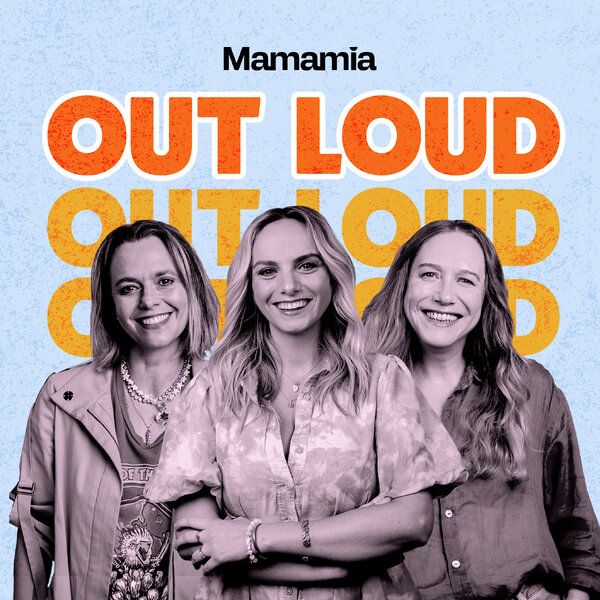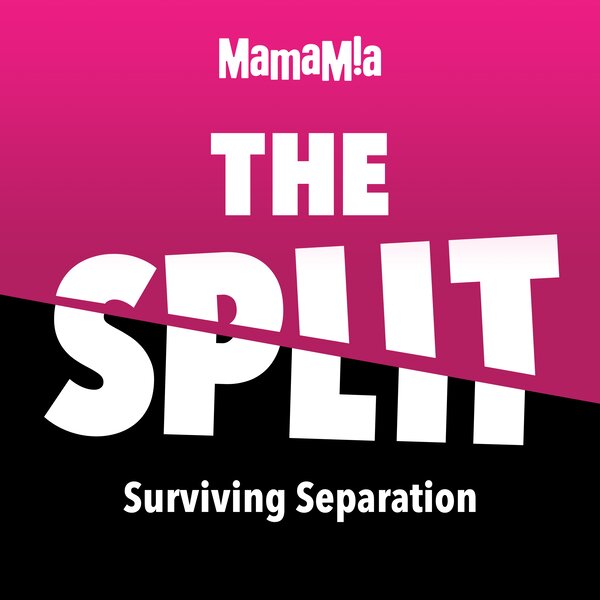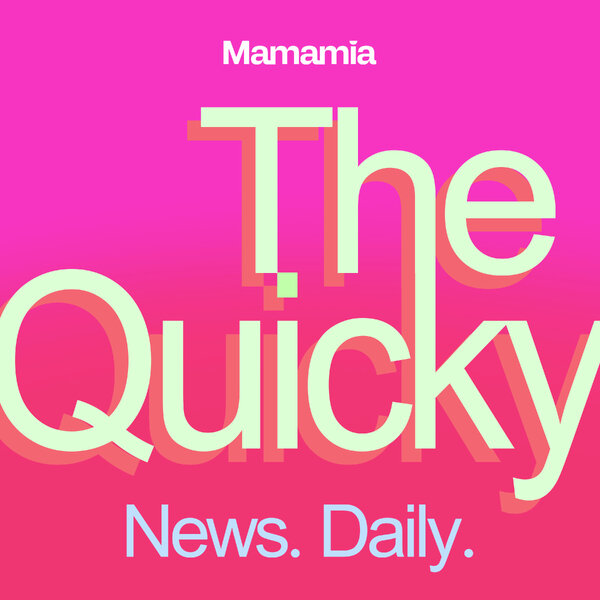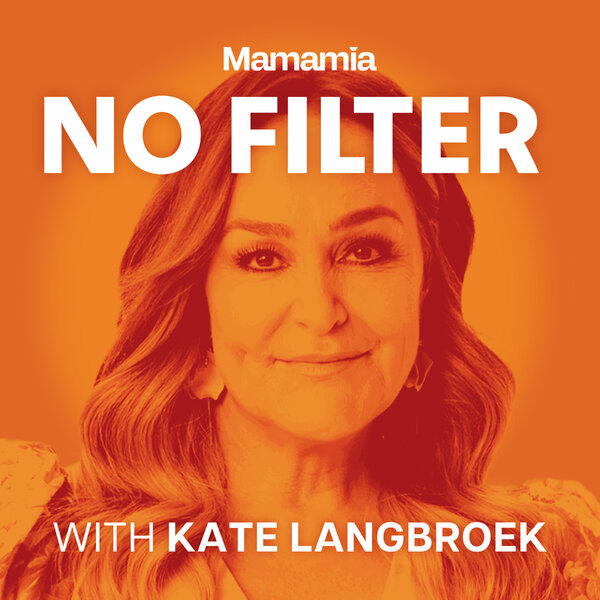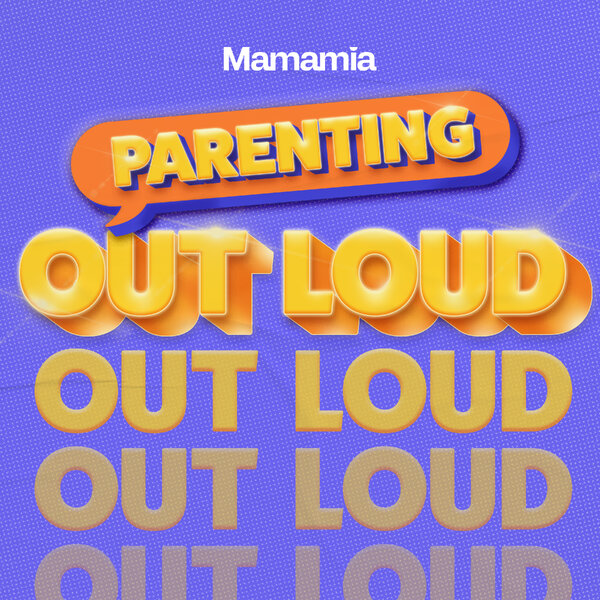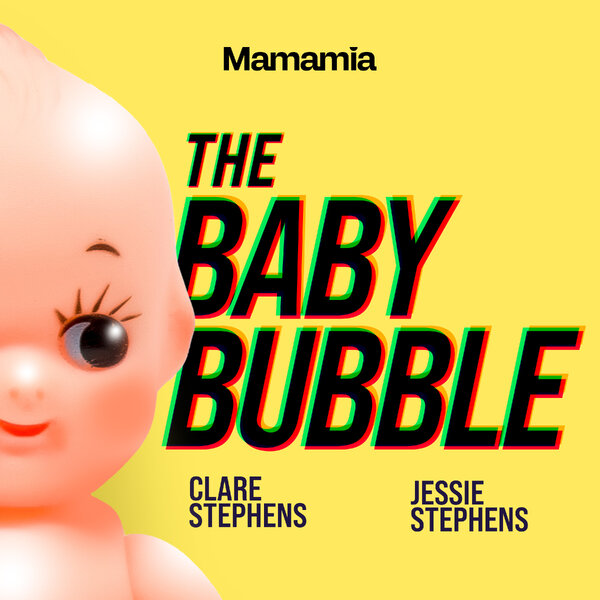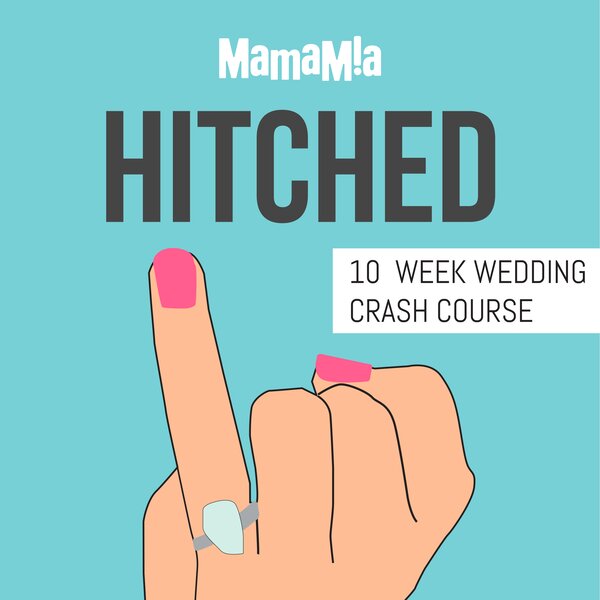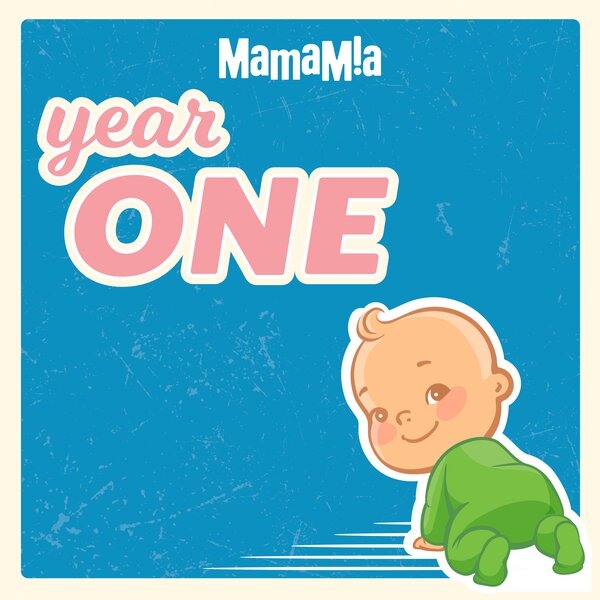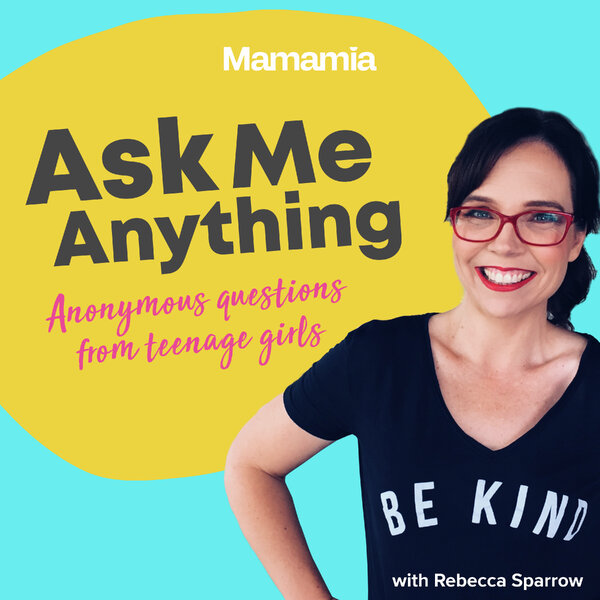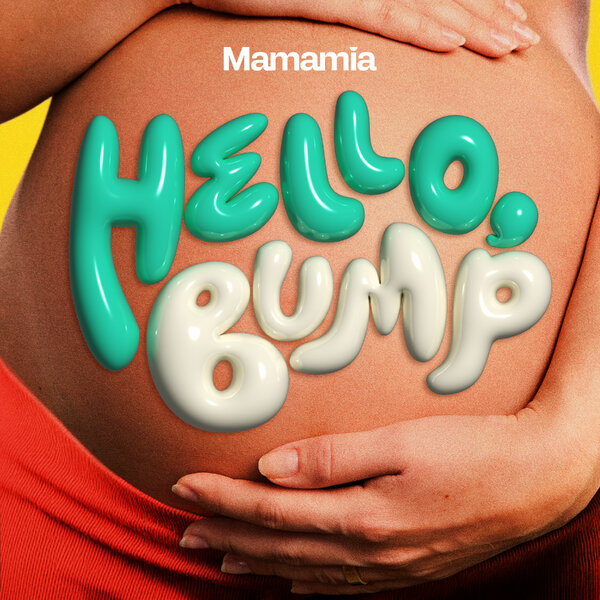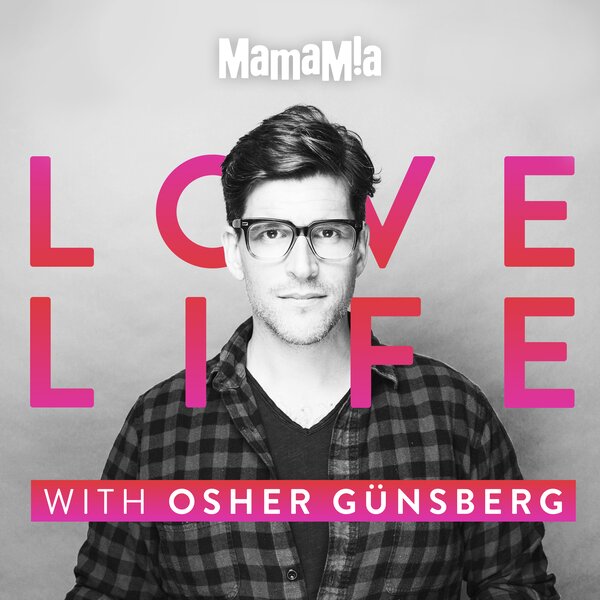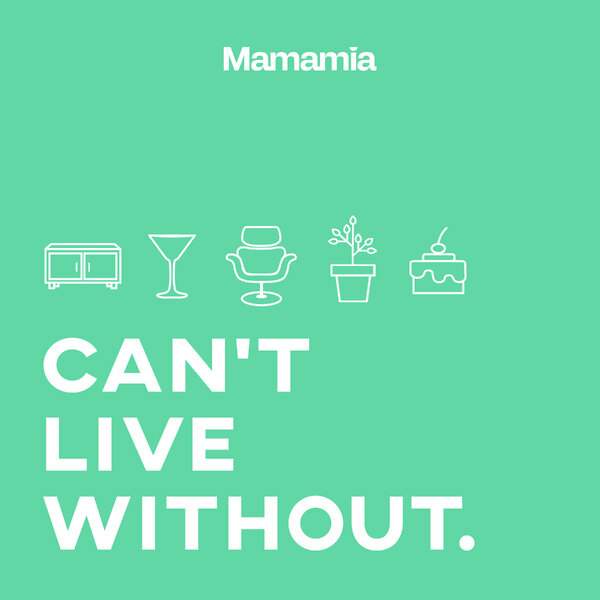
It's the diabetes turned 'weight loss' drug that's gone viral in just a few short years.
Ozempic has been steeped in controversy, and yet has simultaneously been hailed as a "miracle cure" for obesity by some. It is as in demand as ever, but how much do we actually know about the Australians taking it?
Ozempic is only approved here for diabetes management. Meanwhile, Wegovy, a new brand of semaglutide (the active ingredient in Ozempic) specifically approved for chronic weight management, has been available in Australia since early August.
The drugs, known as GLP-1s, produce a naturally occurring hormone, glucagon-like peptide-1 (GLP-1), that simulates satiety and acts as an appetite suppressant.
According to the nation's medicines regulator, the Therapeutic Goods Administration, Ozempic is only approved for lowering blood sugar in adults with type 2 diabetes. And it wants this to stay this way, to keep the drug for people who need it.
However, the TGA can't actually prevent doctors from using their clinical judgement to prescribe it for other health conditions. Then there's also the route of finding it online, but the TGA warns against going down this path.
"Please be aware that other semaglutide products that may be offered online have not been checked for safety, quality or effectiveness by the TGA. Buying prescription medicines online without a valid prescription is not encouraged and is illegal," it says.
According to the Australian Financial Review, people in Sydney's eastern suburbs pay between $300 and $1000 or more per month for the weekly injections and say they're easy to get.
